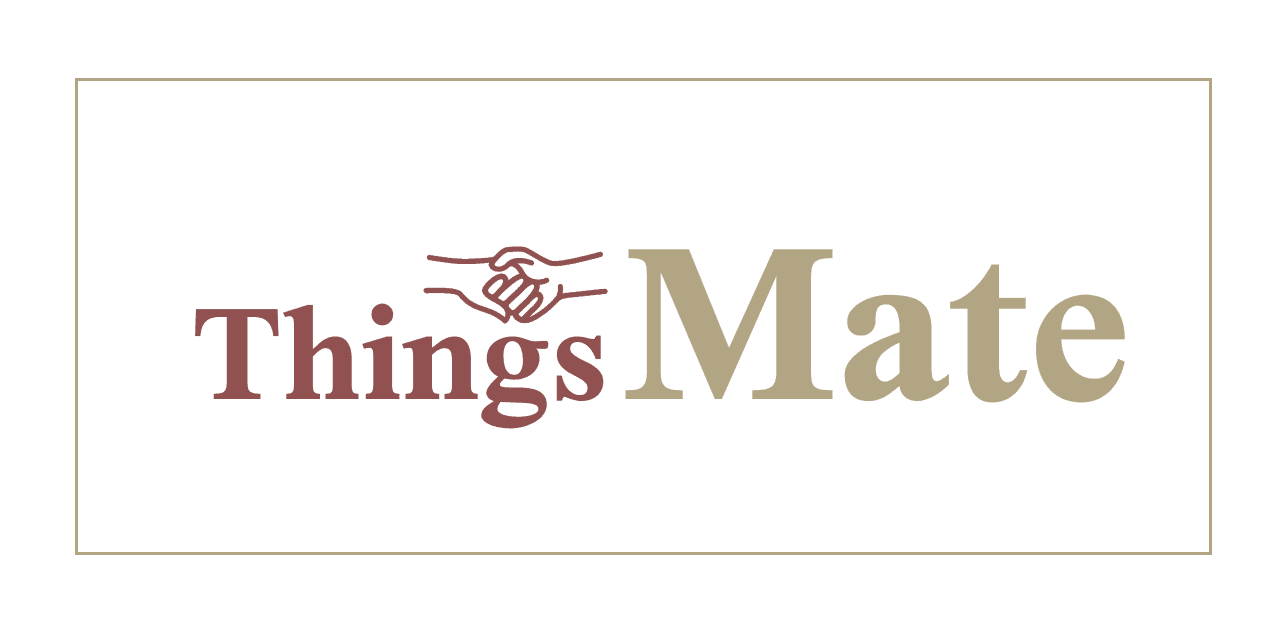Are you looking to take your UI/UX design skills to the next level? Then you’ve come to the right place. We’ve compiled the ultimate guide to becoming a UI/UX design superstar! This guide contains all the tips, tricks, and advice you need to become a world-class designer.
We’ll discuss the basics of UI/UX design, including the different types of design and how to use research to inform your designs. We’ll also show you how to use the latest technologies to create stunning user experiences. And, of course, we’ll provide plenty of tips and advice to help you stand out as a UI/UX designer. So, if you’re ready to take your design skills to the next level, let’s get started!
When it comes to the highly sought-after profession of UI/UX design, becoming a superstar in the industry doesn’t happen overnight. It takes dedication, hard work, and a solid understanding of what goes into being a successful UI/UX designer. The following guide aims to provide aspiring designers with the knowledge they need to become a UI/UX design superstar.
What Is UI/UX Design?
User interface (UI) design and user experience (UX) design are terms that are often used interchangeably. In reality, they are two distinct aspects of the design process. While UX design involves understanding how users interact with products, UI design focuses on making applications or websites aesthetically pleasing by designing visual elements such as icons, buttons, and page layouts.
To be a successful designer in this field, certain skills are extremely important. These include knowledge of relevant software programs and basic coding skills; critical thinking and problem-solving abilities; creativity; keen observation skills; excellent communication, collaboration, and interpersonal skills; and an eye for detail.
The Design Process
Understanding User Needs
A successful designer must have an in-depth understanding of their users' needs and wants. This includes understanding their motivations and goals as well as their pain points and frustrations when using a product or service.
Ideating Solutions

Christina Morillo / Pexels
After gaining an understanding of user needs, it’s time to start ideating solutions to address these needs. This can involve brainstorming ideas or creating prototypical solutions for testing.
Prototyping and Testing
Once potential solutions have been identified, it’s essential to test them with actual users or prototype them for further testing before developing a fully-fledged final product or service.
Design Thinking
Empathy
Developing empathy with users is an increasingly important part of the design thinking process. By getting inside the minds of users and developing an understanding of their motivations and frustrations, designers can more effectively develop solutions that meet their needs.
Defining the Problem
Having an accurate understanding of what problem needs to be solved is one of the most important steps in this process. It helps narrow down potential solutions and ensures that designers are focusing on solving problems that truly matter to users rather than wasting time on shallow solutions that don’t address key issues.
Ideating Solutions
As mentioned previously, this involves brainstorming ideas or creating prototypes for further testing before developing a fully-fledged final product or service.
UX Tools
Prototyping Tools
A variety of prototyping tools are available for designers to help create interactive prototypes for user testing purposes or for creating visuals for presentations and pitches to potential clients or stakeholders. Popular tools include InVision, Marvel App, Figma, Adobe XD, Axure RP, Atomic, ProtoPie, Flinto, Principle, etc.
Wireframing Tools

Ketut Subiyanto / Pexels
Wireframing tools allow designers to quickly create structural frameworks for apps or websites, which can then be used for ideation purposes or further development into a finished product or service. Popular tools include Balsamiq Mockups, JustInMind Prototyper Pro, UXPin Wireframe Pro, etc.
Design Tools
Design tools are used to create visual elements such as icons, buttons, and illustrations which can then be used in applications or websites that designers develop through coding or other programs such as Photoshop or Illustrator, etc.
Developing a Design Portfolio
Idea Sourcing
Before starting work on building a portfolio, it is important to source various ideas from research around user needs as well as existing trends in the market related to UI/UX design work so that the portfolio reflects relevant topics that potential employers may be looking for in candidates for hire.
Building a Portfolio
After sourcing ideas, it’s time to start working on building the portfolio itself, which often involves utilizing various UX tools such as prototyping software or wireframing tools mentioned above, as well as creating visuals elements such as icons or page layouts through other programs like Photoshop or Illustrator, etc.
Networking

Visual Tag Mx / Pexels
Finally, it is important to network with peers and industry professionals via platforms like LinkedIn or attend local industry events in order to get feedback on one’s portfolio as well as increase visibility among industry leaders who may be able to provide job leads in the future when searching for employment opportunities within the field of UI/UX design work
Keeping Up With Industry Trends
Reading Professional Resources
Keeping up with industry trends involves staying up-to-date with relevant topics through professional resources such as journals, online publications like Smashing Magazine, blogs etc.
Attending Events
Attending relevant events like webinars, and global tech conferences such as SXSW Interactive, where keynote speakers discuss current trends within the industry, is also a great way to stay up-to-date on trends happening within UI/UX design work
Observing Competitors
Watching what competitors are doing can also help designers stay ahead of the curve within their respective industries so that they can develop innovative products and services which stand out from the competition
Improving Design Skills
Technical Skills

Danny Meneses / Pexels
Developing technical skills such as coding languages HTML5 & CSS3 is essential for any serious designer hoping to become successful in this field since coding plays an integral role in developing functional products & services
Creative Thinking
Being able to think beyond traditional constraints when approaching new challenges & coming up with innovative ways of solving them is also key
Communication Skills
Developing effective communication skills so that one is able to easily explain complex concepts related to their work is also essential when working with clients & stakeholders
show more






















